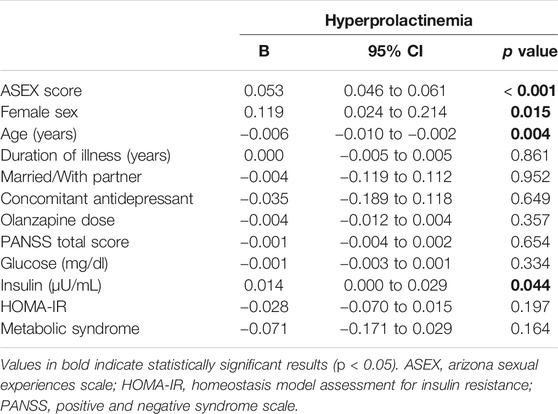The Transformation of a Traditional Retail Business: A Case Research O…

본문
Introduction
In an era where e-commerce is quickly remodeling the retail panorama, conventional brick-and-mortar shops face vital challenges. This case examine examines the transformation of Smith's Grocery, a household-owned grocery retailer established in 1985 in a small suburban city. Through the years, Smith's Grocery struggled to take care of its customer base towards the rising tide of online grocery shopping. However, via strategic innovation and adaptation, the shop successfully revitalized its operations, enhanced buyer engagement, and elevated profitability. This case study outlines the challenges faced, the methods implemented, and the outcomes of Smith's Grocery's transformation.
Background
Smith's Grocery was founded by the Smith household, who envisioned an area grocery store that provided contemporary produce and personalized service to the community. For decades, the store thrived, changing into a staple in the neighborhood. Nonetheless, with the arrival of online buying giants like Amazon and grocery supply services, the shop began to see a decline in foot visitors and sales. By 2018, the store's income had decreased by 30%, and the homeowners recognized the pressing need for change to outlive in a aggressive market.
Challenges Faced
- Declining Sales: Probably the most urgent difficulty was the significant drop in gross sales, attributed to altering consumer behaviors and preferences. Many shoppers preferred the convenience of online buying, which offered time-saving delivery choices and aggressive pricing.
- Limited Online Presence: Smith's Grocery had a minimal online presence, missing an e-commerce platform that might facilitate online orders and deliveries. The store's web site was outdated and didn't reflect the brand's values or offerings.
- Customer Engagement: The shop struggled to have interaction younger customers who have been more inclined to shop online. Traditional advertising methods akin to flyers and local newspaper adverts were not effective in reaching this demographic.
- Provide Chain Inefficiencies: The store's supply chain was outdated, resulting in stock shortages and excessive waste. The inability to track inventory precisely additional exacerbated the problem.
Strategic Innovation
In response to these challenges, the Smith family embarked on a complete transformation technique that focused on three key areas: digital transformation, customer engagement, and operational efficiency.
1. Digital Transformation
Recognizing the significance of an online presence, Smith's Grocery invested in developing a consumer-pleasant e-commerce web site. The new platform allowed prospects to browse merchandise, place orders, and schedule deliveries. The web site featured a fashionable design, straightforward navigation, and an integrated fee system. Additionally, the store launched a mobile app that provided clients with personalized promotions, loyalty rewards, and the ability to create shopping lists.

2. Customer Engagement
To draw and retain customers, Smith's Grocery revamped its advertising strategy. The store began utilizing social media platforms comparable to Instagram and Fb to attach with the group. They shared engaging content material, together with recipes, cooking tips, and behind-the-scenes seems at native suppliers. The grocery store also hosted neighborhood events, such as cooking courses and farmer's markets, to foster a sense of belonging and encourage foot traffic.
Furthermore, Smith's Grocery implemented a loyalty program that rewarded prospects for his or her purchases. This initiative not solely incentivized repeat enterprise but also provided invaluable data on customer preferences and shopping for habits.
3. Operational Effectivity
To handle supply chain inefficiencies, Smith's Grocery adopted a listing administration system that utilized actual-time data analytics. This system enabled the shop to track stock levels precisely, decreasing waste and making certain that widespread gadgets were always in inventory. The store also established partnerships with native farmers and suppliers, permitting for fresher produce and a shorter supply chain.
Outcomes
The transformation of Smith's Grocery yielded spectacular results. Within a yr of implementing the brand new methods, the shop experienced a remarkable turnaround:
- Elevated Revenue: Sales increased by 40% inside the primary year of launching the e-commerce platform. The combination of online orders and enhanced in-store experiences attracted both loyal prospects and new shoppers.
- Enhanced Customer Engagement: The shop's social media following grew significantly, with engagement rates surpassing business averages. Customers appreciated the store's efforts to attach with the neighborhood, leading to increased model loyalty.
- Operational Improvements: The brand new inventory management system reduced waste by 25%, considerably bettering profitability. The shop was in a position to offer a more dependable selection of merchandise, resulting in larger customer satisfaction.
- Market Positioning: Smith's Grocery efficiently positioned itself as a group-centered grocery store that embraced trendy expertise. This unique selling proposition differentiated the store from bigger rivals and on-line giants.
Conclusion
The case of Smith's Grocery illustrates the significance of adaptability within the face of changing market circumstances. By embracing digital transformation, enhancing customer engagement, and improving operational efficiency, the store not solely survived however thrived in a competitive landscape. This transformation serves as a helpful lesson for traditional retailers going through comparable challenges, highlighting the need for innovation, community connection, and a buyer-centric method. As client preferences proceed to evolve, companies must remain agile and responsive to ensure long-time period success.


댓글목록0
댓글 포인트 안내